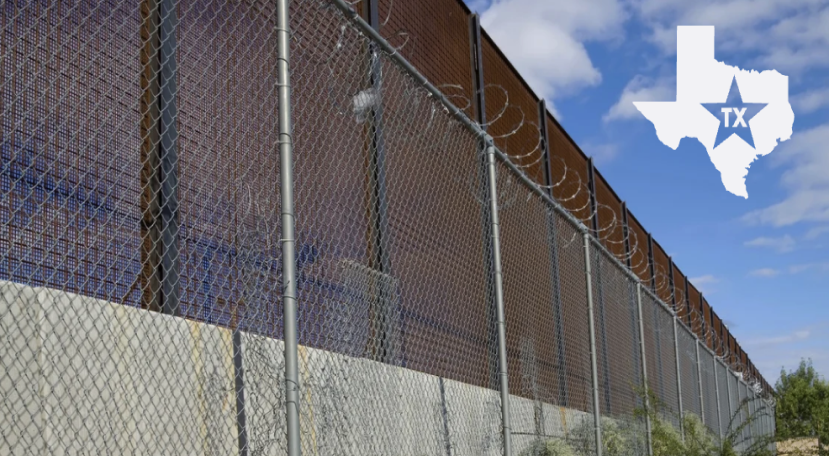In recent years, the quiet town of Pittsfield, Massachusetts, has become the epicenter of a legal battle that has far-reaching implications for environmental accountability and public health. A series of lawsuits have been filed by Berkshire County residents, alleging that their cancer diagnoses were directly linked to toxic chemicals, particularly PCBs (polychlorinated biphenyls), which were historically used by General Electric (GE) and manufactured by Monsanto. These legal actions not only shed light on the potentially devastating consequences of environmental pollution but also raise questions about corporate responsibility and the weight of scientific evidence.
Key Points:
- Polychlorinated biphenyls are alleged linked to numerous health conditions.
- Residence believe proximity of their residence to a former GE hazardous waste area, known as “Hill 78”.
- The soil from this site, contaminated with PCBs, was used as playground landfill at Carter’s school, Allendale Elementary.
- Monsanto claims that the scientific evidence does not support a direct link between PCB exposure and the specific injuries alleged in the lawsuits.
- Plaintiffs have cited scientific studies in the complaints that do link PCBs to the plaintiffs’ specific cancers.
At the heart of the lawsuits are deeply personal stories that underscore the human toll of environmental negligence. As reported on ABC news Crystal Czerno’s young son, Carter LaCasse, was diagnosed with a rare form of leukemia in 2021. Czerno believes that the proximity of their residence to a former GE hazardous waste area, known as “Hill 78,” played a role in her son’s illness. The soil from this site, contaminated with PCBs, was used as playground landfill at Carter’s school, Allendale Elementary. Despite a cleanup effort initiated by the Environmental Protection Agency (EPA) in 2000, concerns persist about the presence of these chemicals in the community.
Diane Romero, a local nurse, also found herself confronting a cancer diagnosis. Living adjacent to GE property, Romero developed breast cancer that eventually spread to her brain and spinal cord. Romero’s experience, along with that of many others, serves as a grim reminder of the potential consequences of environmental pollution and raises important questions about the adequacy of regulatory measures.
The attorney representing the plaintiffs, asserts that both Monsanto and GE have long been aware of the hazardous nature of PCBs. Bosworth contends that the evidence presented in these lawsuits will demonstrate that the companies chose to prioritize profits over public health by continuing to produce and dispose of these toxic substances in and around Pittsfield.
Monsanto, now a subsidiary of Bayer AG, has responded to the allegations by asserting that it is not responsible for the alleged injuries. The company cites several reasons, including that it did not manufacture or dispose of PCBs near Allendale Elementary School or in the greater Pittsfield area. Furthermore, Monsanto claims that the scientific evidence does not support a direct link between PCB exposure and the specific injuries alleged in the lawsuits.
However, this stance stands in contrast to the scientific studies cited in the complaints that do link PCBs to the plaintiffs’ specific cancers. The lawsuits underscore the broader debate about the role of corporations in environmental contamination and their responsibility for public health consequences. While Monsanto’s spokesperson emphasizes the lack of direct causation, the plaintiffs’ argument centers on the cumulative impact of long-term exposure to these toxic chemicals.
The legal battles unfolding in Pittsfield are not only about seeking justice for the plaintiffs but also about holding corporations accountable for their actions. The lawsuits against Monsanto and GE echo similar cases seen in the past, where communities affected by environmental pollution have sought compensation and acknowledgment for their suffering. These cases serve as a reminder that even corporate giants are not immune to legal consequences when public health and environmental preservation are at stake.
The Pittsfield lawsuits also spotlight the broader issue of environmental regulation and oversight. While regulations have been put in place to limit the use and disposal of hazardous chemicals, these cases point to the challenges of enforcement and the potential for lingering pollutants to impact communities long after they were initially introduced. The PCB contamination in Pittsfield is a tragic example of how the legacy of past industrial practices can cast a shadow over generations, leading to devastating health consequences.
As the legal battles continue, Pittsfield remains at the center of a larger conversation about the balance between industrial progress and public welfare. These lawsuits serve as a clarion call for a more thorough examination of corporate practices, environmental regulations, and the long-term implications of pollution. The outcomes of these cases have the potential to set precedents for future environmental litigation and could reshape the way corporations approach their responsibilities to both the environment and the communities they serve.



